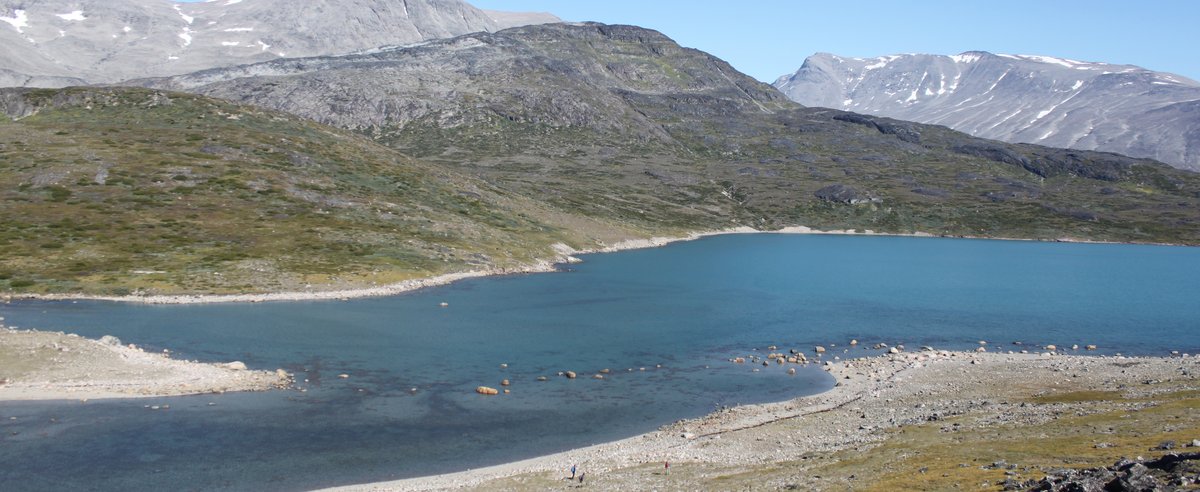
Glacial flour forms when glaciers crush underlying rocks and stones to very fine particle sizes of fine sand and silt. The material washes out from under the glacier and is then deposited.
Some of the world's most fertile soils have a high silt content. The grain size of glacial flour may result in a much higher soil fertility and content of plant-available water if added to the coarse soils in Greenland.
Glacial flour contains a wide range of minerals and a spectrum of trace elements and may help to:
The material may be a ready source of calcium, iron, magnesium and potassium as well as trace elements.
Glacial flour mined from the fjords contains sea salt. This can have a negative influence on crop growth and soil structure development. Consequently, desalinisation strategies for the saline glacial flour must be developed before it can be used for soil amendment.